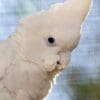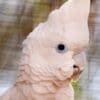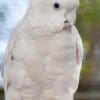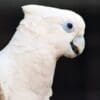DID YOU KNOW?
The Solomon Islands Cockatoo is the only cockatoo in its range.

Cacatua

ducorpsii
Size:
31 cm (12.1 in)
Weight:
290-415 g (10.1-14.5 oz)
Subspecies including nominate:
one
Colour Adult:
Both adults small, white cockatoo with short upper mandible; pink wash on bases of feathers on head, brighter on cheeks, sometimes extending to breast; bare blue eye ring. Eye brown in male, red/brown in female.
Colour Juvenile:
As in adult but with dark grey eye.
Call:
Harsh and somewhat screechy; screech can be continuous and resemble Little Corella.
More Information:
Content Sources:
CITES
BirdLife International
Cornell Lab of Ornithology/Birds of the World
A Guide to Parrots of the World, Juniper and Parr, 1998
Parrots of the World, Forshaw and Cooper, 1977.
Lexicon of Parrots, Thomas Arndt.
Parrots of the World, Forshaw, 2006.
Parrots in Aviculture, Low, 1992.
Captive Status:
Rare
Longevity:
—
Housing:
Walk-in enclosure or aviary, minimum length 4.5 m (14.8 ft).
Diet:
Mix of small seeds: canary, oats, safflower and spray millet; limited sunflower seed, dry, soaked or sprouted; sprouted beans, cooked butterbeans and lentils; green leaves such as Swiss chard, lettuce, sowthistle, dandelion, chickweed; vegetable such as: corn, carrot, celery, zucchini, squash, green beans and peas in the pod; fruit such as: apple, pear, orange, banana, cactus fruits and others; nuts: walnuts, hazelnuts, pecans and roasted peanuts; complete pellet.
Enrichment:
Unknown, although reported to be playful and good at escaping their enclosures.
Nest Box Size:
12″x 20″ (30.5 cm x 51 cm) box; difficult to breed.
Clutch Size:
2 to 3
Fledging Age:
9 weeks, usually one chick only.
Hatch Weight:
—
Peak Weight:
—
Weaning Weight:
—
World Population:
Unknown, decreasing.
IUCN Red List Status:
Least Concern
CITES Listing:
Appendix II
Threat Summary:
The species has not been subjected to heavy trapping for trade. Is tentatively assessed as being threatened by habitat loss.
Range:
Occurs in Bougainville and Buka Islands, E Papua New Guinea; and Solomon Islands east to Malaita but absent from San Cristobal group.
Habitat:
Found from coastal areas to mountains; variety of habitats including forest, forest edge, secondary growth, gardens, woodland and townships. Found up to 1700 m (5576 ft); mainly below 700 m (2296 ft).
Wild Diet:
Feeds on seeds, berries, fruit, buds, blossoms, epiphytes and insects and their larvae. Forages in native gardens for pawpaws and sweet potatoes.
Ecology and Behaviour:
Is noisy and visible, will fly off noisily if disturbed. Seen in pairs or small flocks flying above the treetops. Raises crest when agitated or excited. May take some garden crops (yams and pawpaws).
Clutch and Egg Size:
2 to 3 elliptical eggs, 37.5 x 26.5 mm (1.5 x 1.0 in)
Breeding Season:
July-September; nests are in tree hollows.
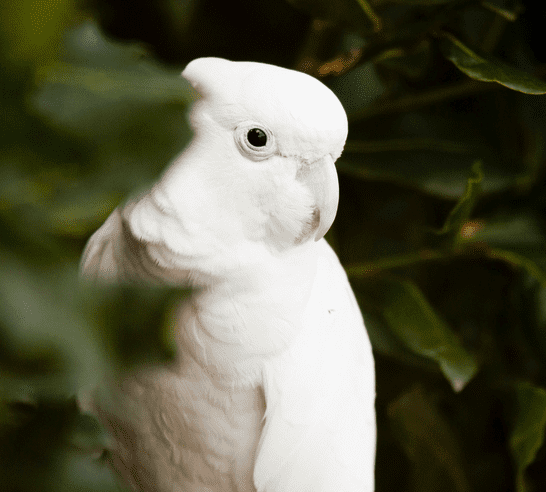
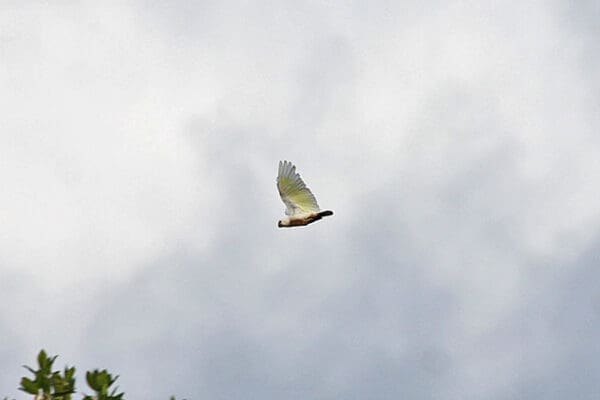
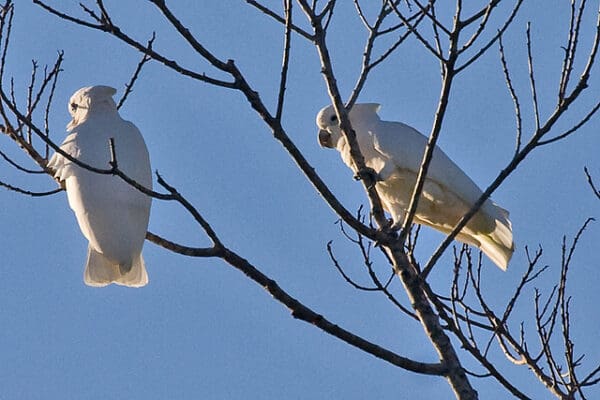
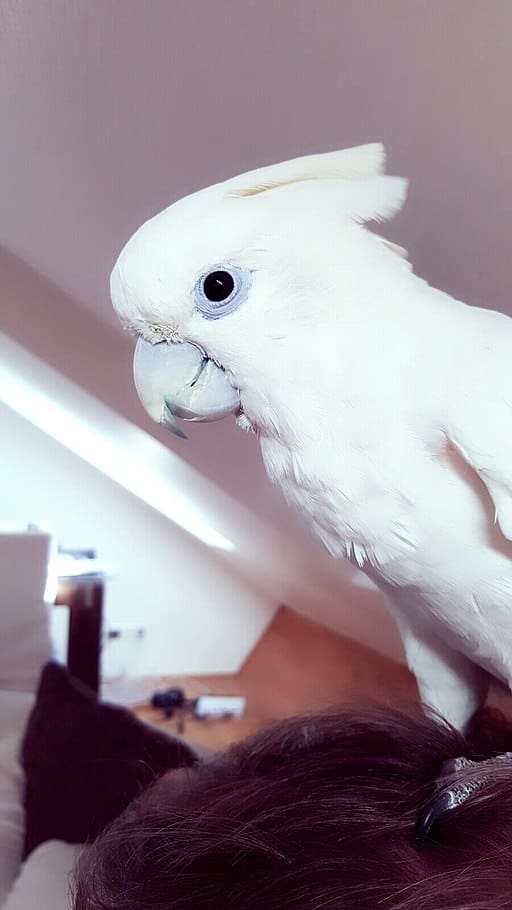
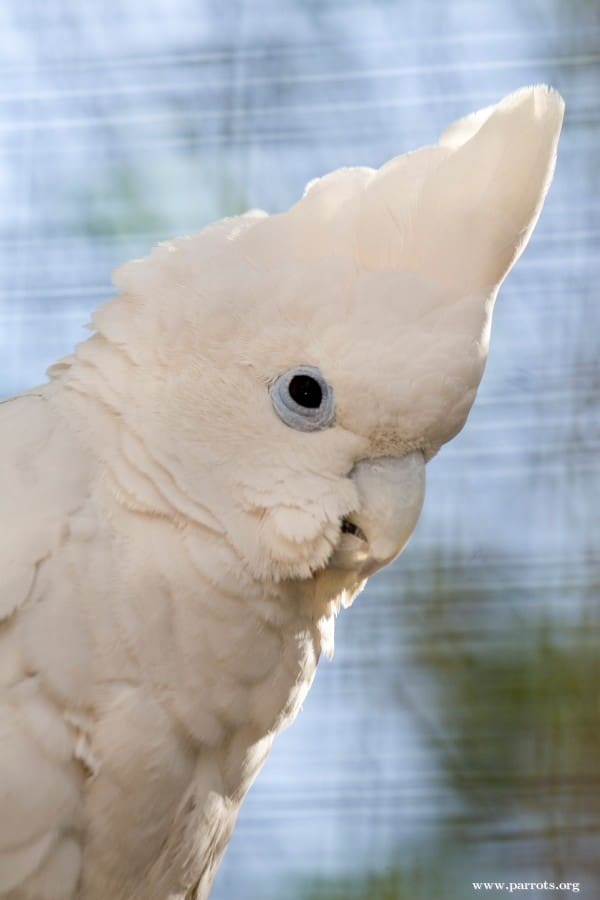
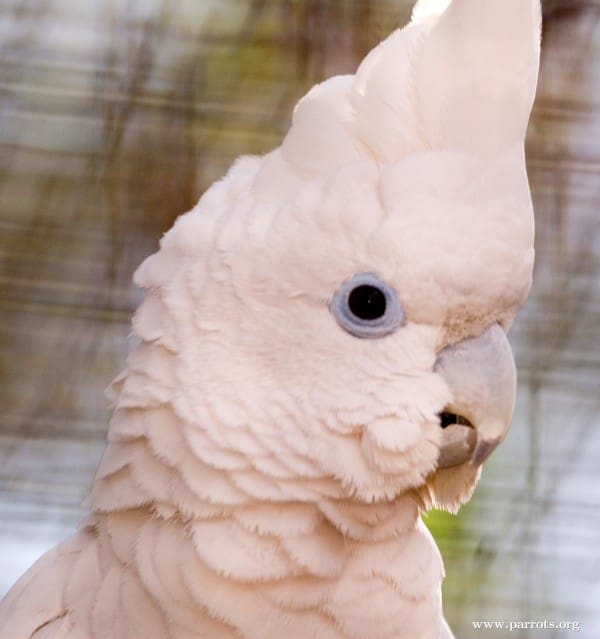
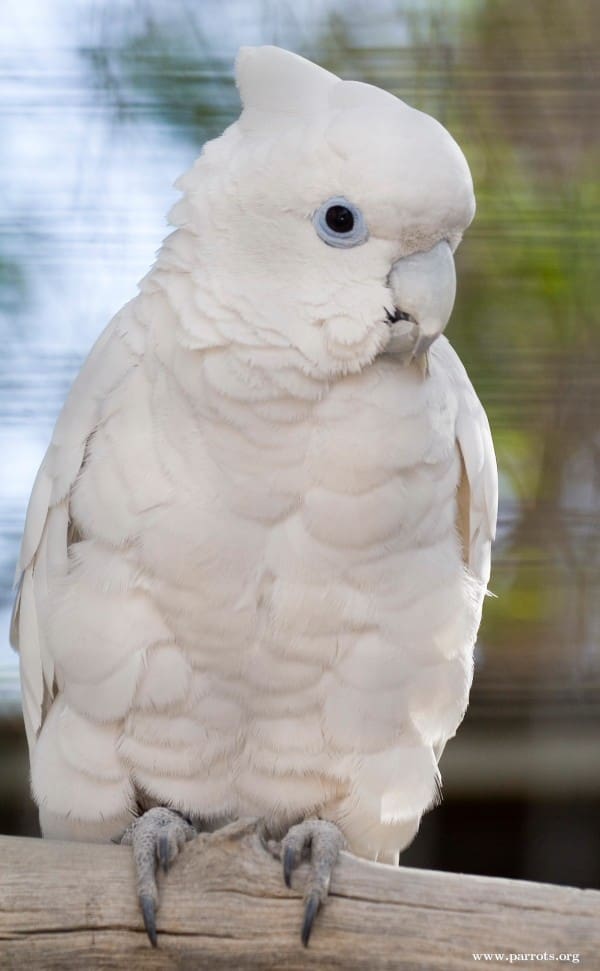
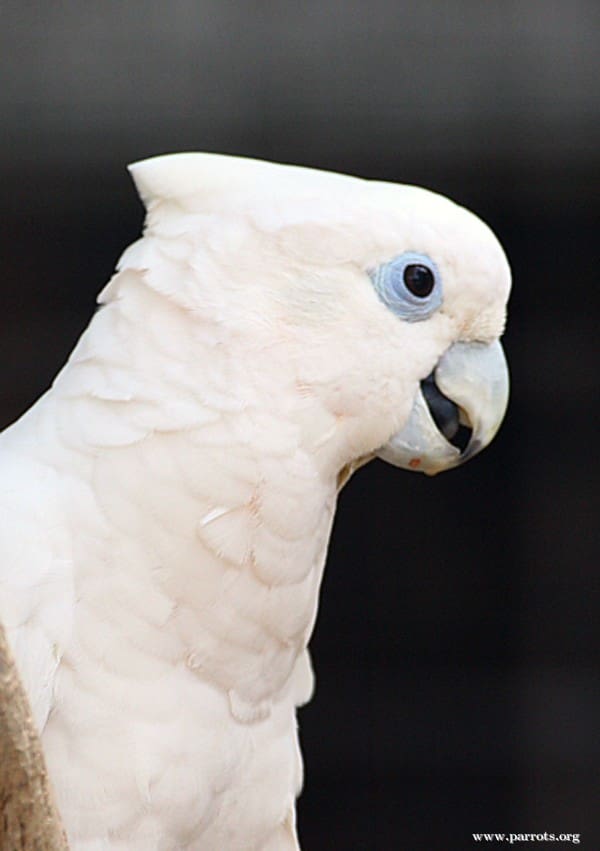
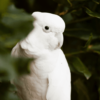
![© Tony Morris [CC BY-SA 2.0] via Flickr A wild Ducorp's Corella flies above the forest](https://parrots.org/wp-content/uploads/2023/01/wpt_Ducorps-Corella_1443-7-100x100.jpg)
![© Tony Morris [CC BY-SA 2.0] via Flickr Wild Ducorp's Corellas perch in a tree](https://parrots.org/wp-content/uploads/2023/01/wpt_Ducorps-Corella_1443-6-100x100.jpg)
![© Sebastian Danisch (Own work) [CC BY-SA 4.0] via Wikimedia Commons A companion Ducorp's Corella perches on caregiver](https://parrots.org/wp-content/uploads/2023/01/wpt_Ducorps-Corella_1443-5-100x100.jpg)
